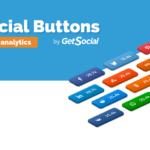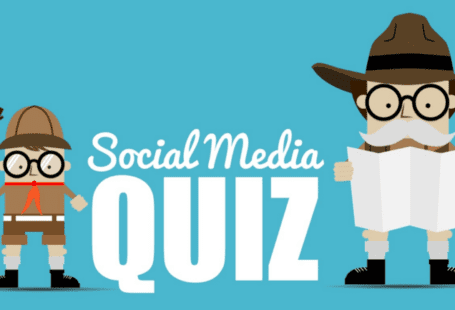Consultant. Maven. Strategist. Diva. Mogul. Chosen one. These are some of the titles I’ve seen social media professionals using lately. People are going crazy about this and everyone wants to be seen as the leading expert in social media.
Social media is a complex job. Nowadays, it’s much more than having fans or growing followers. Likes are a commodity and a cheap one at that. Marketers need much more from social media. They need awareness, they need dynamics, they need conversions.
In this post, I’m sharing a quick overview on the three stages of social media: Engaging, Listening, and Analyzing.
Millions of people are connected in their favorite social networks. Our goal, as brands, is to find the most useful and less intrusive way to engage and interact with them. As every other conversation, it all starts with a first communication, a first engagement.
Whether it’s a promotion, a new feature, or a new product line, companies are engaging with their consumers in a targeted way. They’re segmenting their user base. They’re scheduling their posts and distributing different content in different contexts. Engagement is the most important part of the process as it’s your real connection to your user and it always works as a first impression.
Here are some tools that may help you take the most out of this engagement stage:
- TweetDeck, a Twitter tool for real-time tracking, organizing, and engagement on web and mobile devices.
- HootSuite, a social media management system for businesses and organizations to collaboratively execute campaigns across multiple social networks from one secure, web-based dashboard.
- Buffer, helps its users share social media content by scheduling online posts throughout the day.
- Oktopost, a social media management platform for B2B marketers and professionals.
- SproutSocial, providing a platform for businesses to manage social media engagement, publishing, and analytics.
Conversations go both ways and the second step in a solid social media strategy is to enable Listening in your daily activities. Feedback can be of immense value to our organizations and it comes in an honest and direct way from social media. By listening, you can easily and quickly interact with your customers whether it’s customer care, feedback, or just recognition. It’s also important to manage certain events such as a breakdown in your service, a PR crisis, or a new product launch.
There are specialized tools for listening to your social audience. Here are two of them:
- Sprinklr, a complete social media management platform that enables enterprise brands to connect with customers across every touch point.
- Brandwatch, a social media monitoring system that summarizes content on the web.
You’re now on a full on conversation with your customers. You’re talking and you’re listening. Good for you. That’s how you should do it. But, and there’s always a but, at the end of the day you have a business to run. Business requires ROI. Despite what your goals may be, you’ll always be asked how your activities, as a social media professional, contribute to the company goals.
This brings me to the third and last stage of social media: analyzing. As important as engaging in a conversation is to make sure we took something out of it, either it was a sale, a happy customer, or a new bug identified. Variables such as reach or engagement are also important to understand if communication is correct, both in channel and target.
Also, understanding how your communication is converting into your goals (signups, subscriptions, purchases, etc.) is becoming the holy grail of social media. At the end of the day, if you’re a junior strategist or a CMO, you’ll have to prove that social media is driving value and driving the business. Being able to analyze it is mandatory.
Again, there are interesting social media analytics tools in the market:
- Brand Mentions, a social media search engine that searches for user-generated content on social networks.
- TweetReach, providing detailed reach analysis for any search term or tweets spread on Twitter.
- SimplyMeasured, providing social media analytics and measurements for data-driven agencies and brands.
Most of the tools listed in the Engagement & Listening stages also provide their own set of analytics. Check them out.
There are loads of social media strategies. You can achieve exactly the same as your peers in so many different ways but following an awareness to conversion path is what I believe will help you achieve your goals. Would you agree?
How are you designing your social media strategy?
Image credit to: Cision
Interested in knowing more about Dark Social & Analytics?
[su_button url="https://getsocial.io" target="_blank" style="flat" background="#21D2B5" color="#ffffff" size="7" wide="no" center="yes" radius="auto" icon="" icon_color="#FFFFFF" text_shadow="none" desc="" onclick="" rel="" title="" id="" class=""]SIGN UP FOR FREE[/su_button]





